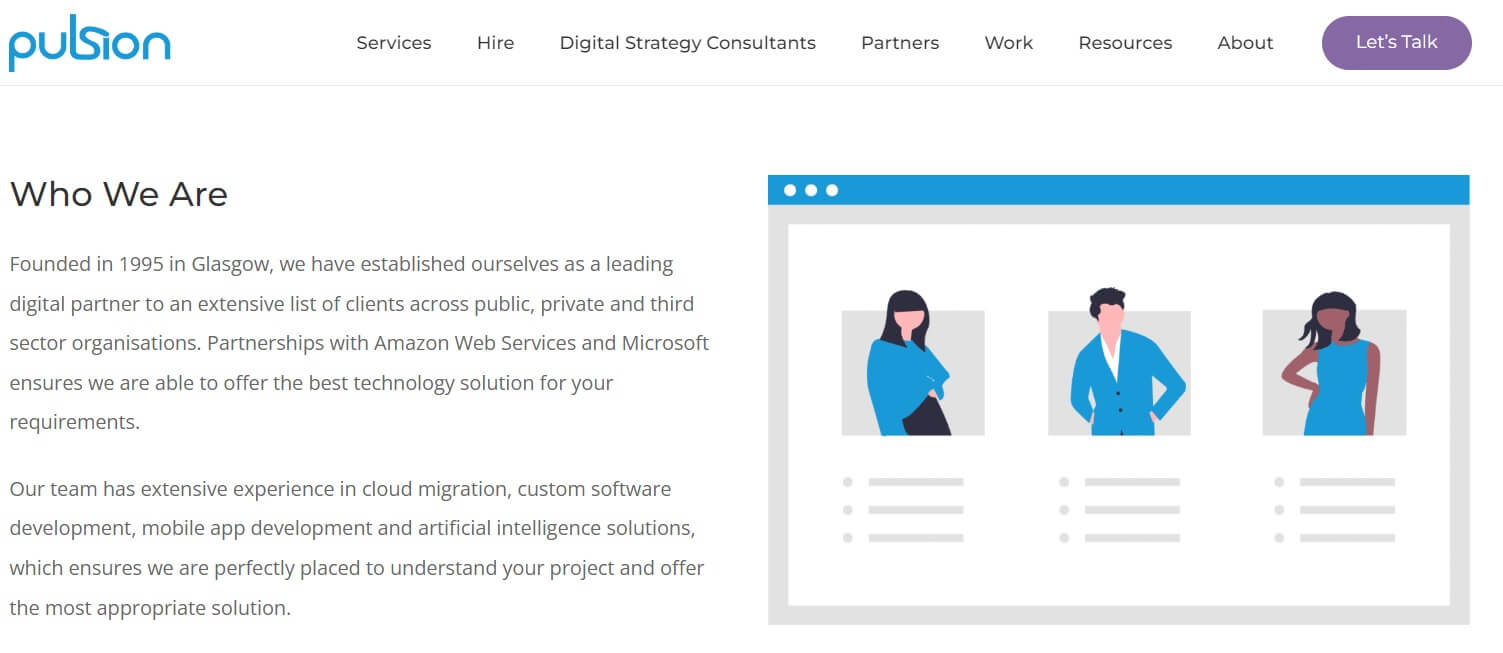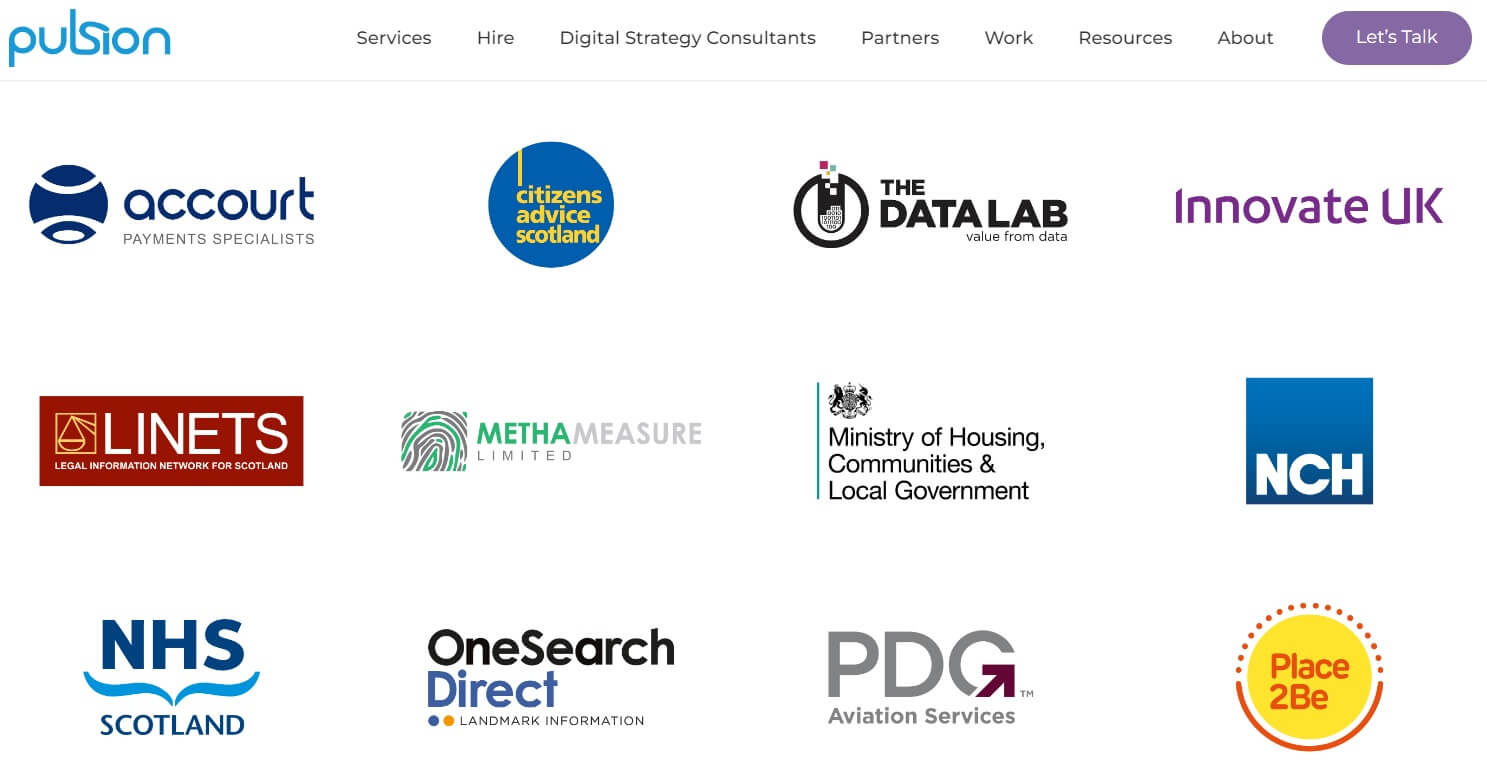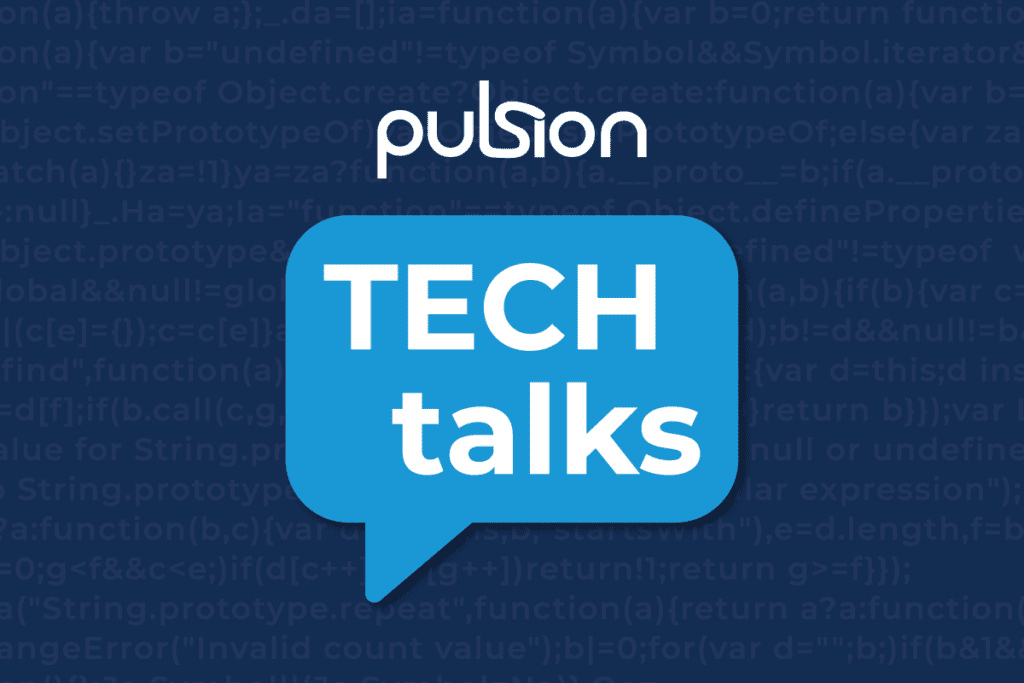Our complete guide to the software development process will help you with project management to oversee the development team, understand their processes and phases, and ensure the delivery of high-quality software for your business needs.
Lead your industry when you create and develop software with a structured process. Project management statistics show that only 58% of projects with informal management strategies succeed, while 73% of projects following formal methodologies succeed.
A software development process is a management strategy to guide teams and stakeholders through the continuous delivery of software. Let’s show you how stakeholders and teams follow the process to develop high-quality products for the market.
The Software Development Process vs. Development Lifecycle
Software development processes differ from the software development life cycle. Let’s first distinguish the differences between a product development lifecycle and a development process.
What Is the Software Development Process?
A software development process is structured with steps to create and maintain software applications. The development process is a range of stages a development team follows, some stages including requirements-gathering, analysis, design, coding, and testing.
What Is the Software Development Lifecycle (SDLC)?
The software development lifecycle (SDLC) refers to seven popular methodologies or models used to guide the development process. For example, Agile methodology uses techniques, principles, and values to guide the development teams through the software development process stages.
How Do the Software Development Process and Development Lifecycle Differ?
The software development lifecycle describes the models and techniques applied to the software development process, whereas the process follows structured steps from the start of a project until completion. The SDLC consists of various methods, including Agile, Waterfall, or DevOps.
In other words, the software development process is the steps development teams take to when building software from the ground up. Meanwhile, the SDLC is the guiding principle for the steps developers take when building software and in the maintenance stage.
The Importance of the Software Development Process
The software development process provides structure and steps developers follow to produce high-quality products. Software engineers working on software development projects for a software system use the processes to achieve the following:
- Following a structured process is the key to successful custom software development
- The process acts like a roadmap to define and guide every important development stage
- The development process helps the project team manage the budget and timeline better
- Project managers also improve resource allocation and cost estimates in a structured process
- Communication and collaboration become a primary objective in product management
- Future enhancements to the software’s usability and continuous integration are simpler
- Developers can reduce potential risks with testing and structured security measures
- A software developer can ensure the software meets the client’s requirements after the first stage
A Complete Guide to the Phases of the Software Development Process
The following steps or phases will define most development methodologies, albeit some models will use only a few steps, depending on the software development approach project managers apply.
Phase 1: Planning and Requirements-Gathering
The software development process is a systematic approach to building software based on market research and collecting requirements to ensure you have the right software requirements and optimal software quality. The first step in most methodologies is to gather requirements to plan the project.
Our team created software called Requiment, which provides automation for requirements gathering and analysis as one of its many benefits. However, a business analysis expert will typically manage project planning and requirements gathering during the life cycle of most software projects.
Gathering business requirements, user requirements, and all the requirements related to the intended software will help to create high-quality software. Analysts will gather user requirements and business requirements to define the system requirements or software requirements.
Typically, the business analyst will then categorise the specifications into functional requirements and non-functional requirements before the next phase of the development process. Furthermore, analysts will collect information about user needs, market trends, and business goals, including the budget, etc.
Phase 2: Requirements Analysis
The requirement analysis for the software development stage will analyse the information gathered in phase one before completing the documentation. Planning continues throughout the analysis stage to ensure users and stakeholders get the right software product based on the priority specifications.
A project scope originates from a requirement analysis process, where analysts generally use methods like the flowchart technique, unified modelling language, or business process modelling notation to categorise, prioritise, and trim the specifications for the documentation and implementation.
Analysts will then prepare the formal software requirements specifications (SRS) document, which outlines the planning, methodology, frameworks, and entire project scope for intended systems. Customers typically see a document example and approve the process before systems are developed.
Phase 3: The Design Stage and Prototyping
The design teams start prototyping or producing visual examples of the system to ensure software that meets user needs and client expectations. The main goal is creating the software architecture, components, features, user interface, security measures, or a minimum viable product for early release.
Our minimum viable product (MVP) development services let customers progress in development without wasting too many resources. That way, clients can progress into a live production environment to gather feedback and make the necessary changes for improvement as the company grows.
All implemented prototyping reveals scalability and designers can improve the prototype for another future iterative release. Taking smaller steps could reduce the cost of deployed software until better technologies are necessary at a certain growth point.
Team members gather initial metrics to track how well software products perform in the early iteration, which may reveal efficiency values, alternative objectives, and crucial technology changes. Designing an article, user input, or technical solutions for multiple versions begin in the prototype stage.
Phase 4: The Development Stage
The methodology applied to the software development process most notably becomes prevalent in this stage, whether using the Agile model or the waterfall model. Developing software with different focuses will differentiate how development occurs, albeit some models affect other stages.
Meanwhile, developers start implementing and coding defined technical specifications. Each developer has crucial responsibilities when writing code, and creating essential improvements based on the metrics and customer feedback from the completed prototyping method will outline their task lists.
The Most Common Software Development Methodologies
Some favorites in the software industry include the Agile software development process or Agile methodologies, DevOps, and the waterfall model. Let’s see how they differ.
Agile software development process
Agile methodology is one of the top software industry picks, but what is the Agile software development process? The Agile model is iterative with incremental development to emphasize collaboration, feedback, and rapid release. We often use Agile development and Agile processes.
DevOps software development process
DevOps is one of the other methodologies popular among developers that also encourages collaboration and communication throughout the iterative model. DevOps is an approach to streamline and automate the software architecture and design phases during development cycles.
Extreme programming (XD)
Extreme programming (XD) uses an Agile model framework and Agile processes to improve efficiency and productivity among team members. The main idea is that the Agile software development framework focuses on rapid releases in short development cycles with a focus on customer satisfaction.
Iterative Process Model
The iterative process model focuses on short bursts of iteration tasks in a cyclical process and incremental approach. Development teams release software and apps in an incremental approach and use continuous improvement once they gather feedback.
Rapid application development (RAD) process
The rapid development process focuses on speed and flexibility instead of intense planning in the first stages. Developers release fast prototypes and software segments in RAD development to gather information for improvements in the next release.
Spiral software development process
The spiral model uses a risk-based management approach with loops and spiral series to manage risks during development. The primary focus is risk management, not completing the software application. Teams identify risks with each iteration.
Waterfall software development process
The waterfall model uses a waterfall approach to sequence development stages. Teams don’t move to the next phase until the previous step is completed with the waterfall model. The waterfall approach is the most classic and works from start to finish.
Phase 5: The Quality Assurance and Testing Stage
The next stage is rigorous testing, which provides quality assurance. Always choose a trusted development company that knows why is software testing important and provides quality assurance software testing. You need quality assurance in your deliverables, addressing any potential risks.
Better security, data protection, fixed bugs, enhanced functionality, and well-defined tests are key terms related to well-tested software in any development cycle. Different software development methodologies may influence which tests are completed during this stage.
Types of Testing in the Testing Phase of the Software
Various types of tests form an essential part of the development process. The advantages of the test stage are that you can reduce risks, implement better security, and remove critical software or hardware errors. Here are some of the main types of software testing we use during the testing stage:
- Acceptance testing – A test to determine if the company or user requirements were met.
- Beta testing – Tests conducted by outside participants for the user experience (UX) design.
- Integration testing – Determines whether different modules work well together.
- Functional testing – A test to compare the system design and final product for users.
- Performance testing – Assesses the responsiveness, speed, and stability of software.
- Security testing – Security tests and security patches check for vulnerabilities and cyber threats.
- System testing – A system test checks the complete product against requirements.
- Unit testing – Tools to check pieces of code or an individual article for errors or bugs.
- Usability testing – Checks how user-friendly the user interface is for end users.
Phase 6: The Implementation and Deployment Phase
The implementation and deployment stage includes continuous deployment and integration (CD/CI) of software functions to meet customer expectations for a software product. The working software goes live in a production environment after bug fixes, code reviews, and thorough software testing.
The software design is complete for deployment, with all new features, applied code changes, and a full system as a quality product release. New variations were tested in more detail before deploying to users on a large scale.
The user experience (UX) design and users’ tools are ready for deployment on the market for customers and users to enjoy. Users can create an account, access basics, and the app’s functionality, and enjoy the idea you brought to the development table.
Phase 7: The Support and Maintenance Phase
Ongoing maintenance is likely the most important of all these stages. Maintenance is a one-direction and organized way for trusted software development companies to provide ongoing support and regular updates. Also, we provide code monitoring to ensure bugs remain minimal or non-existent.
Monitoring the code is one of our best practices for our team to keep productivity and integrated systems in check with trending technologies. Writing new code based on metrics is the definition of staying up to date, which involves analyzing large amounts of data to adapt your delivered functions.
Your Trusted Software Engineering Partner in the UK
Learn more about us before breaking down concepts of existing infrastructure enhancements. Discuss delivery of value and success with our team before efficiently scheduling the design of databases, reduction of defects, or development of software for your companies.

Why Use Pulsion Throughout the Software Development Process?
Companies approach us to get involved in various development projects, including custom software development, where we can provide training for operations and functionalities after deployment. We’ve focused on multiple well-known clients to improve our knowledge and effort in written code.

Our project management team has vast experience and dynamic interaction with past concept design projects and aims to continue the operation efficiently. Our team aims to match the importance of your success and validation to integrate and design high-quality products. Contact us today to discuss more.
Summing Up the Software Development Process
The development phase and life cycle are different, but you understand how which helps you lead if you manage a software development team from our database. The benefits of using our teams are that you work with experienced software engineers and managers and have flexible engagement plans.
Contact us today to talk about your development needs, whether you want custom mobile app development or web design and development. We welcome every client and organization that involves our engineers in transforming their creative digital ideas into delivered technological artworks.
Software Development Process FAQs
What Are the 7 Stages of the Software Development Process?
Software developers follow a step-by-step process during the development of a software project. The process involves the following steps, which are crucial to the software development process within a software development life cycle:
- Planning and information gathering
- Requirement analysis and documentation
- Prototyping and system design
- The development period
- System testing and quality assurance
- Software deployment
- Ongoing maintenance and support
How Can You Speed Up Software Development Processes?
Make data-based decisions, plan thoroughly, and establish a clear software development roadmap. Furthermore, outsourcing IT services pros and cons will reveal how you can save time and money by choosing a trusted software development company in the UK. Contact us today to learn more.
Which Software Development Methodology Is the Best?
We often recommend the Agile methodology because it focuses on collaboration and communication, two key aspects of successful project completion. However, we offer other methodology types to suit your development needs because various types of software development exist.




